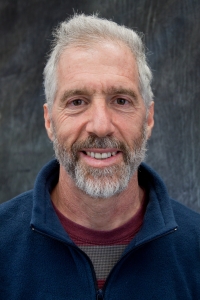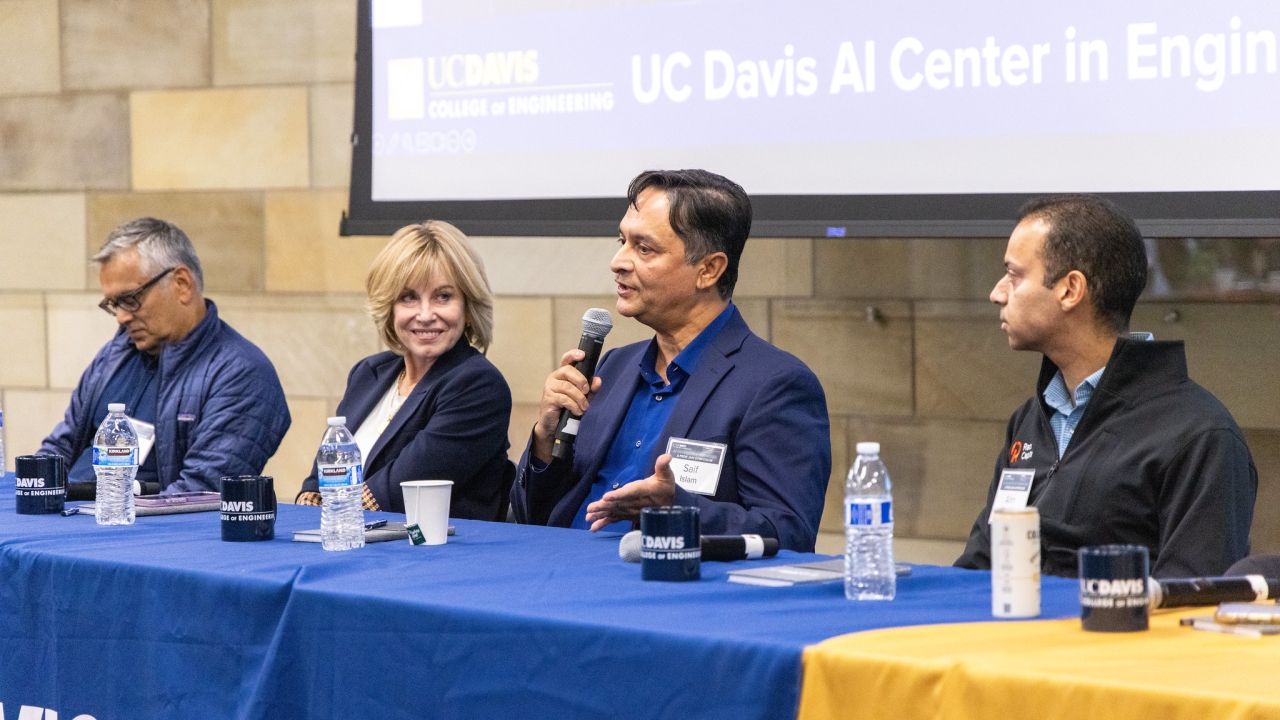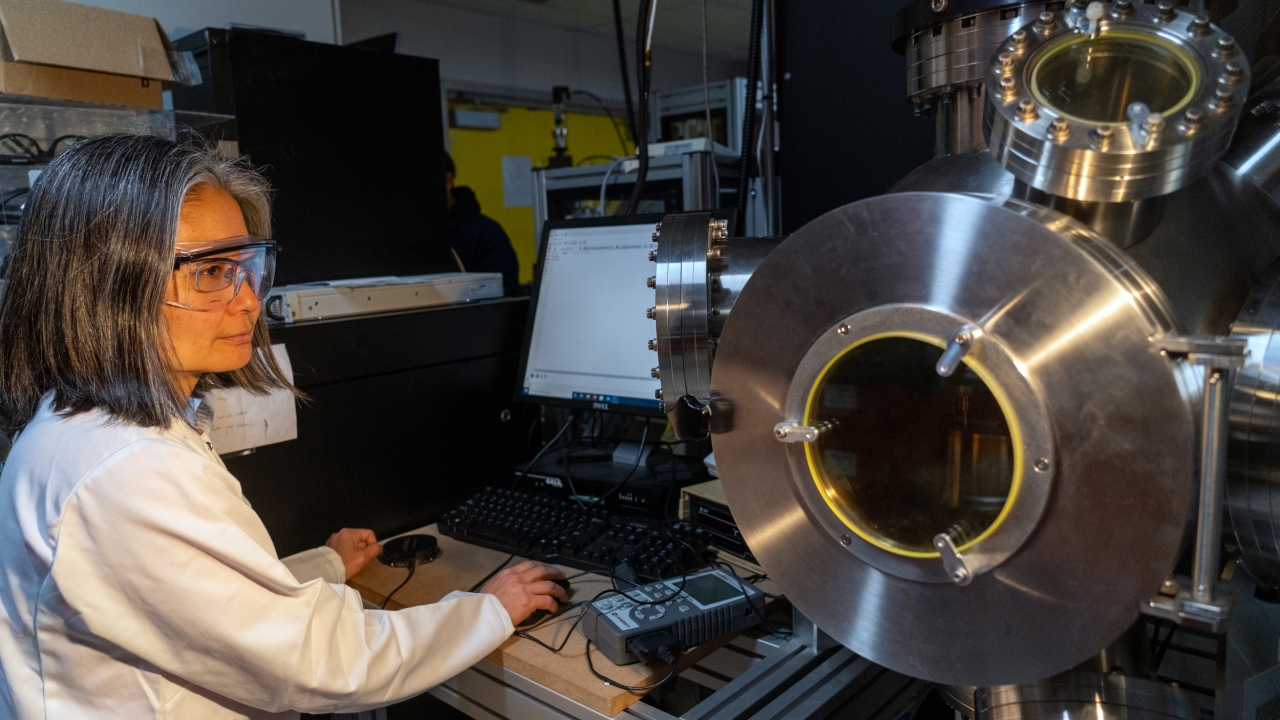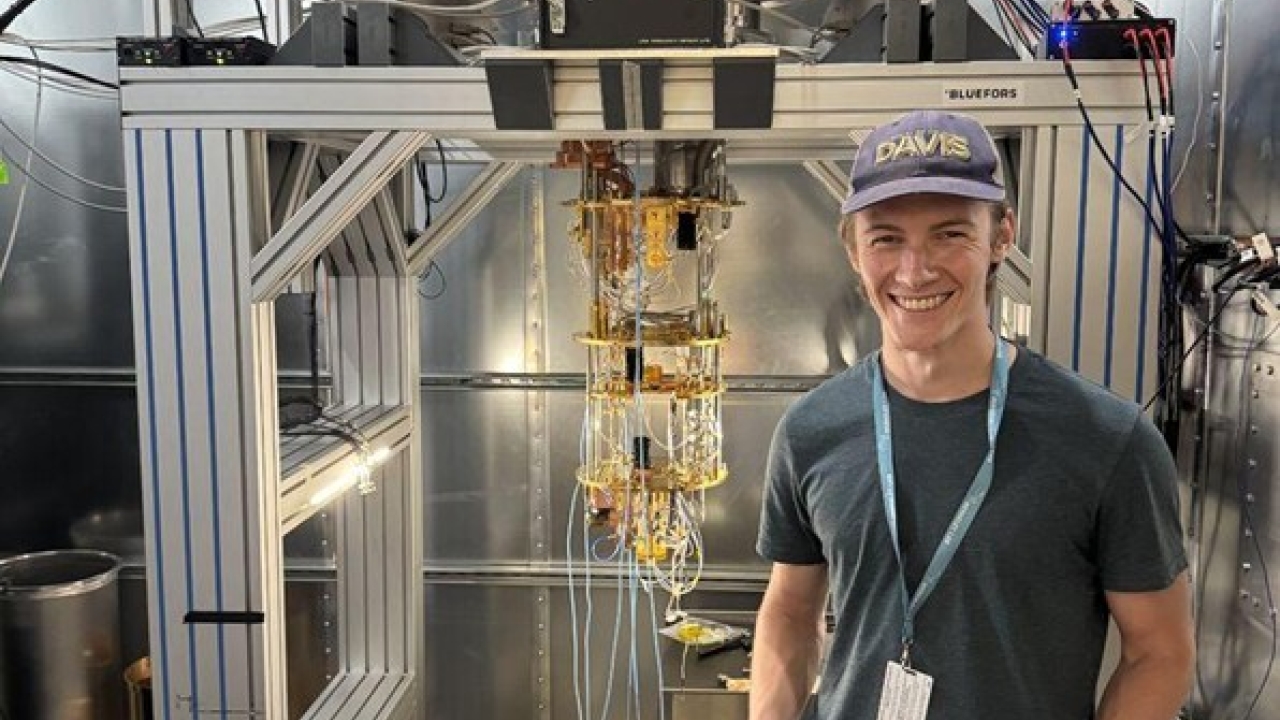New Sensors Allow Communities to Analyze Hazardous Air Pollutants
In communities across California, residents are grappling with poor air quality, often without a clear understanding of the pollutants in their environment. In Vallejo, a neighborhood near a cement mixing plant struggles with constant dust on the inside of homes, including kitchen cabinets, counters and tables. Other communities contend with traffic and aircraft emissions, industrial pollution and seasonal wildfire smoke.
A new project, led by researchers from the University of California, Davis, is trying to help these communities take action by bringing advanced air monitoring tools directly into their backyards. The Community Air Project is a collaborative effort with researchers from UC Davis, Irvine and San Diego, along with several community-based organizations in Northern and Southern California.
The project aligns with California’s AB 617, a 2017 law aimed at identifying and reducing air pollution hotspots in disadvantaged communities. The team is focusing on five regions – San Bruno, Vallejo, Sacramento, Los Angeles and San Diego — facing high levels of hazardous air pollutants, including toxic metal compounds that have been linked to serious health effects.
Advancing technology for accessible air quality data

To detect and measure toxic metals in the air, the team has deployed novel, low-cost air monitoring instruments developed at UC Davis in the lab of Anthony Wexler, director of the UC Davis Air Quality Research Center, and a distinguished professor in the Departments of Mechanical and Aerospace Engineering, Civil and Environmental Engineering and Land, Air and Water Resources.
Wexler said the traditional, commercially available instruments used to measure hazardous air pollutants such as toxic metals can cost upwards of $200,000. In an effort to make air quality measuring more affordable, the California Air Resources Board commissioned Wexler to develop a more cost-effective device.
Wexler and his team of post-doctoral fellows, students and researchers created the Toxic-metal Aerosol Real Time Analysis, or TARTA. Wexler said the parts to build the TARTA instrument costs only about $3,000, so not only is it more affordable, but it’s also portable and about the size of a small briefcase.
“It’s light and it’s small, you can just stick it in a car or carry it in a backpack, which we’ve done, and it only requires a small amount of power, so you can run it on a battery,” said Wexler.
The TARTA device works by pulling outside air through a nozzle, where airborne particles accumulate on a surface over time. A high-voltage spark then heats the collected particles, causing them to emit light at specific wavelengths.
“That energy basically makes a big spark that rapidly blasts and heats the deposited particles,” Wexler explained. “When they cool, they emit light of a certain wavelength that says we’ve got lead, or arsenic, or chromium or something else.”


Brenda Lopez Reyna, a postdoctoral researcher in Wexler’s lab, said the TARTA has undergone several improvements to make it more efficient. One key upgrade is a 3D-printed part that stabilizes the electrodes and improves detection, allowing the device to measure lower concentrations more accurately.
So far, there are seven TARTA devices being used across the state. The TARTA can be used in real-time to potentially track the sources of polluted air, based on wind direction and other factors. This allows community groups to target pollution hotspots and gather data at times when certain pollutants, like those from manufacturing plants, are emitted at higher levels.
Fieldwork, data collection and analysis will continue throughout the year. Once conclusive results are reached, the team plans to share their findings with regulators to help identify pollution sources and drive remediation efforts.
This project is funded in part by a Multicampus Research Programs and Initiatives grant from the UC Office of the President. Along with Cannon and Wexler, Michael Mendez from UC Irvine and Camila Alvarez from UC San Diego are serving as co-PIs.





